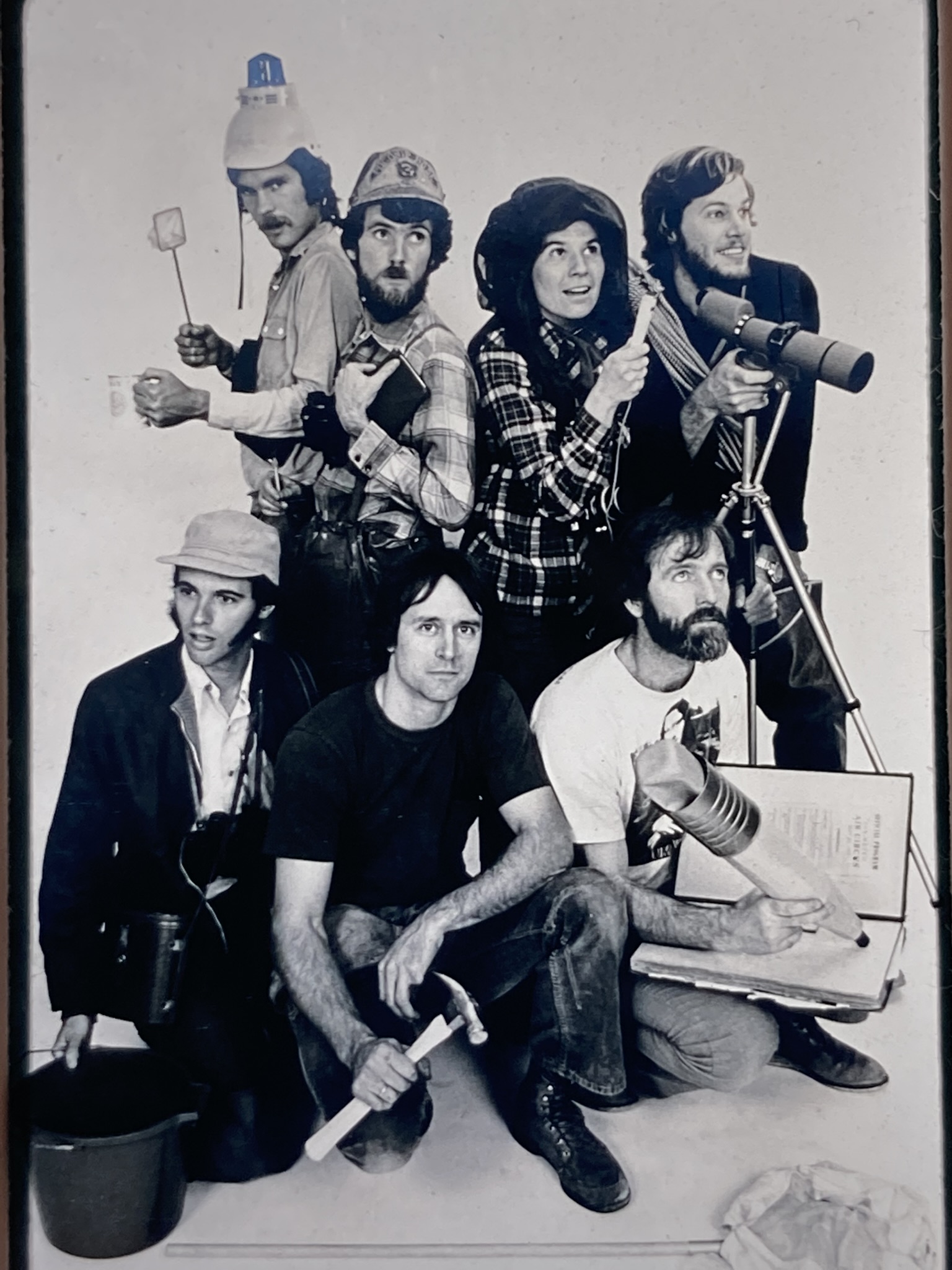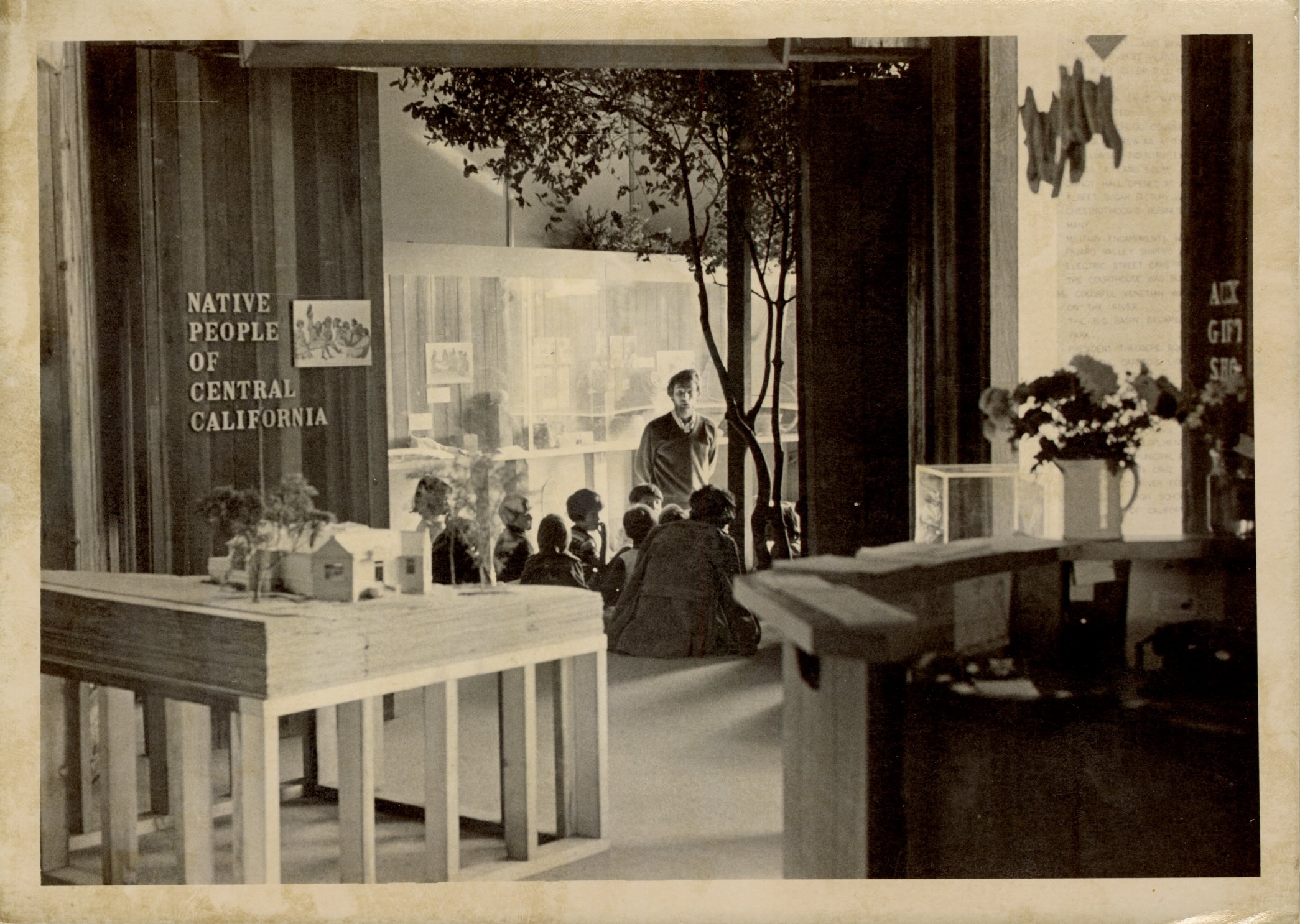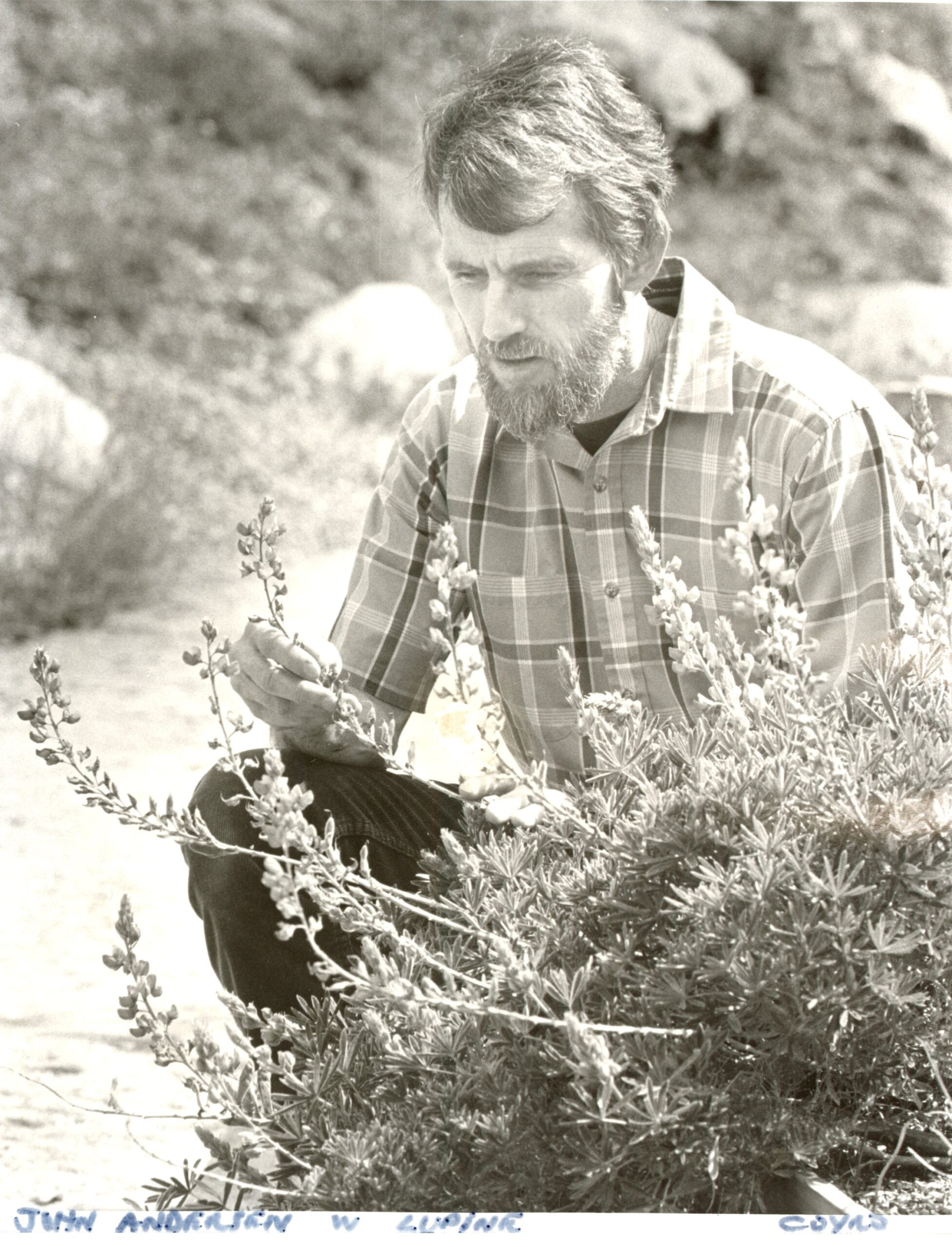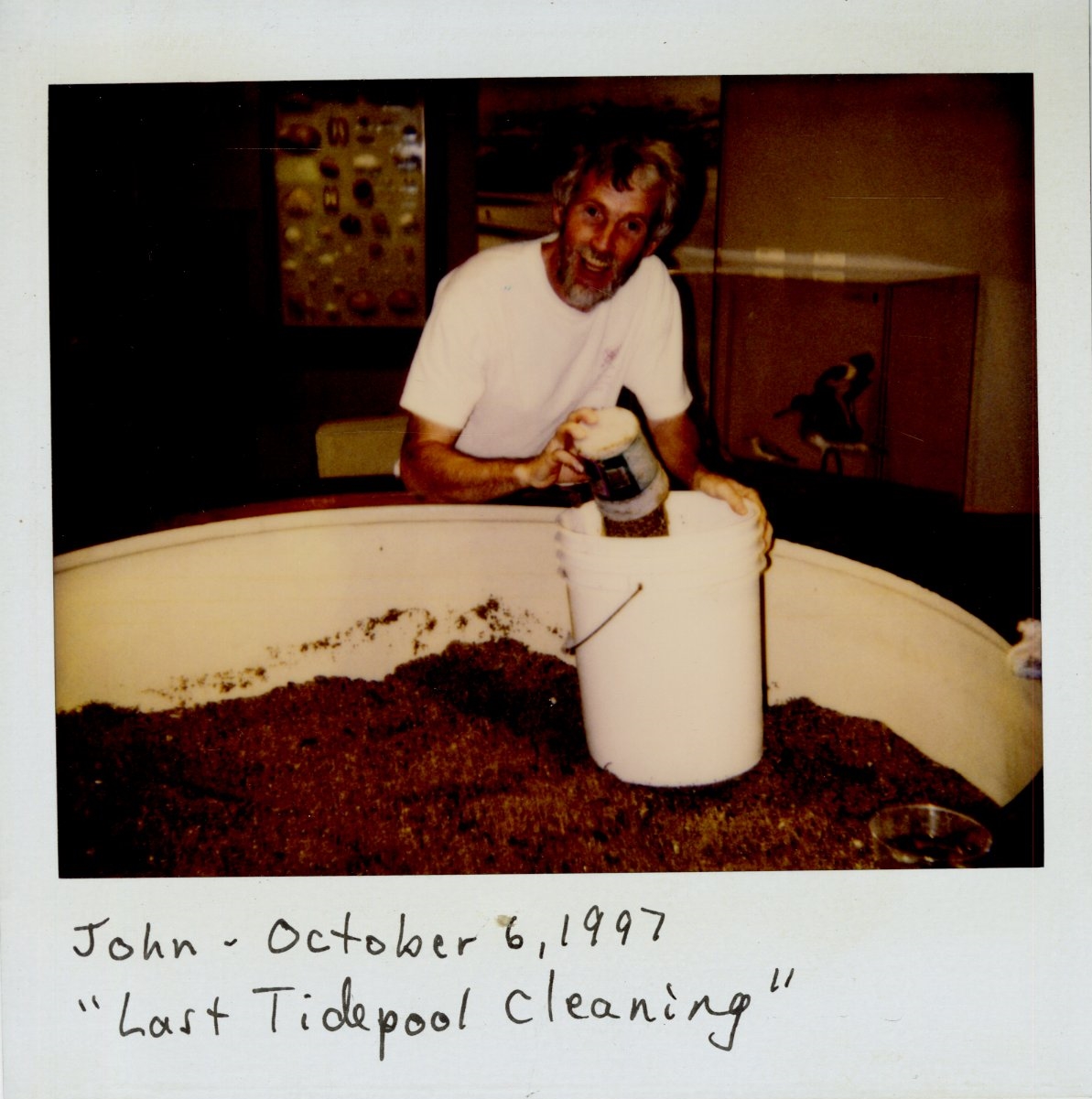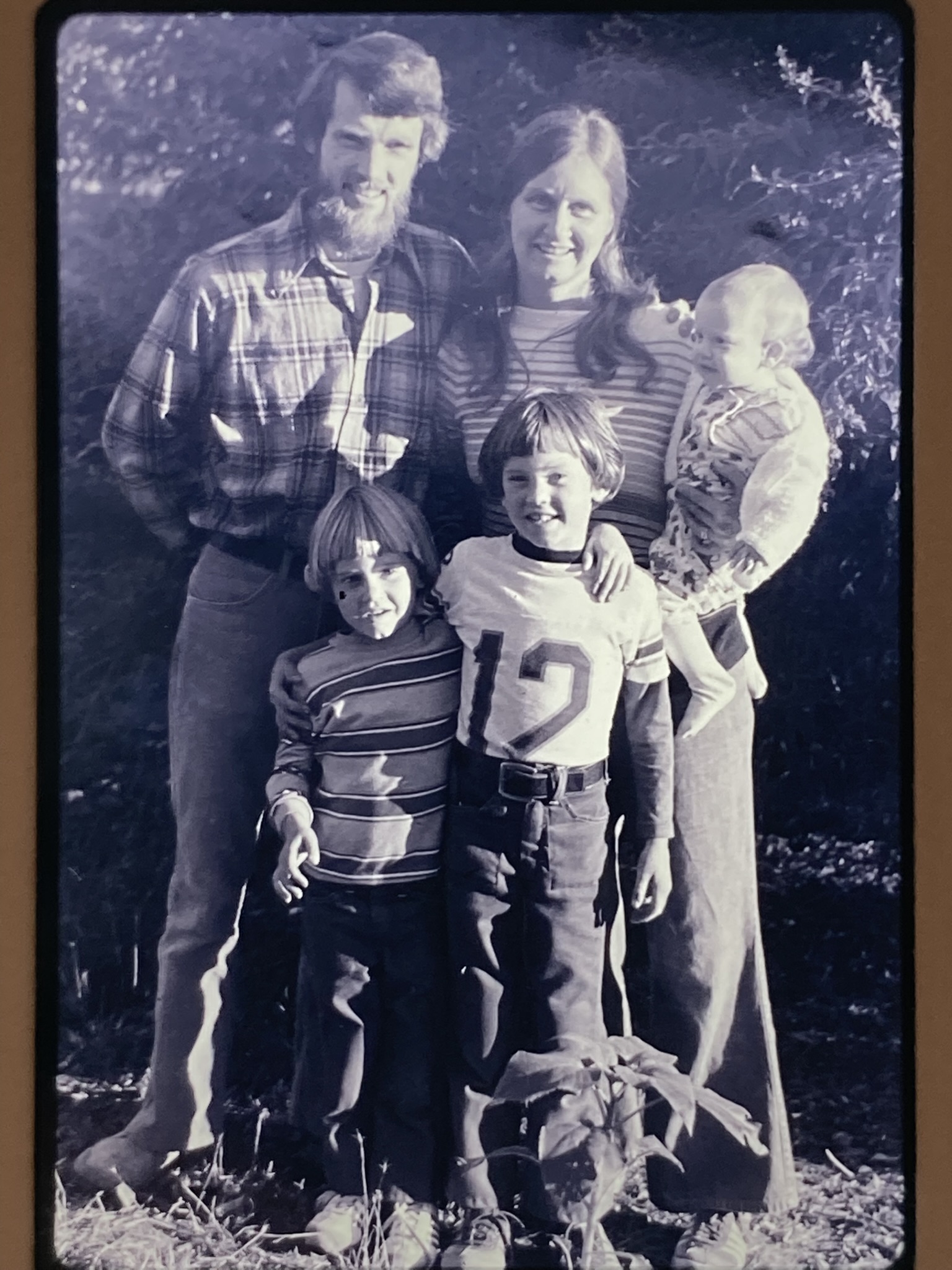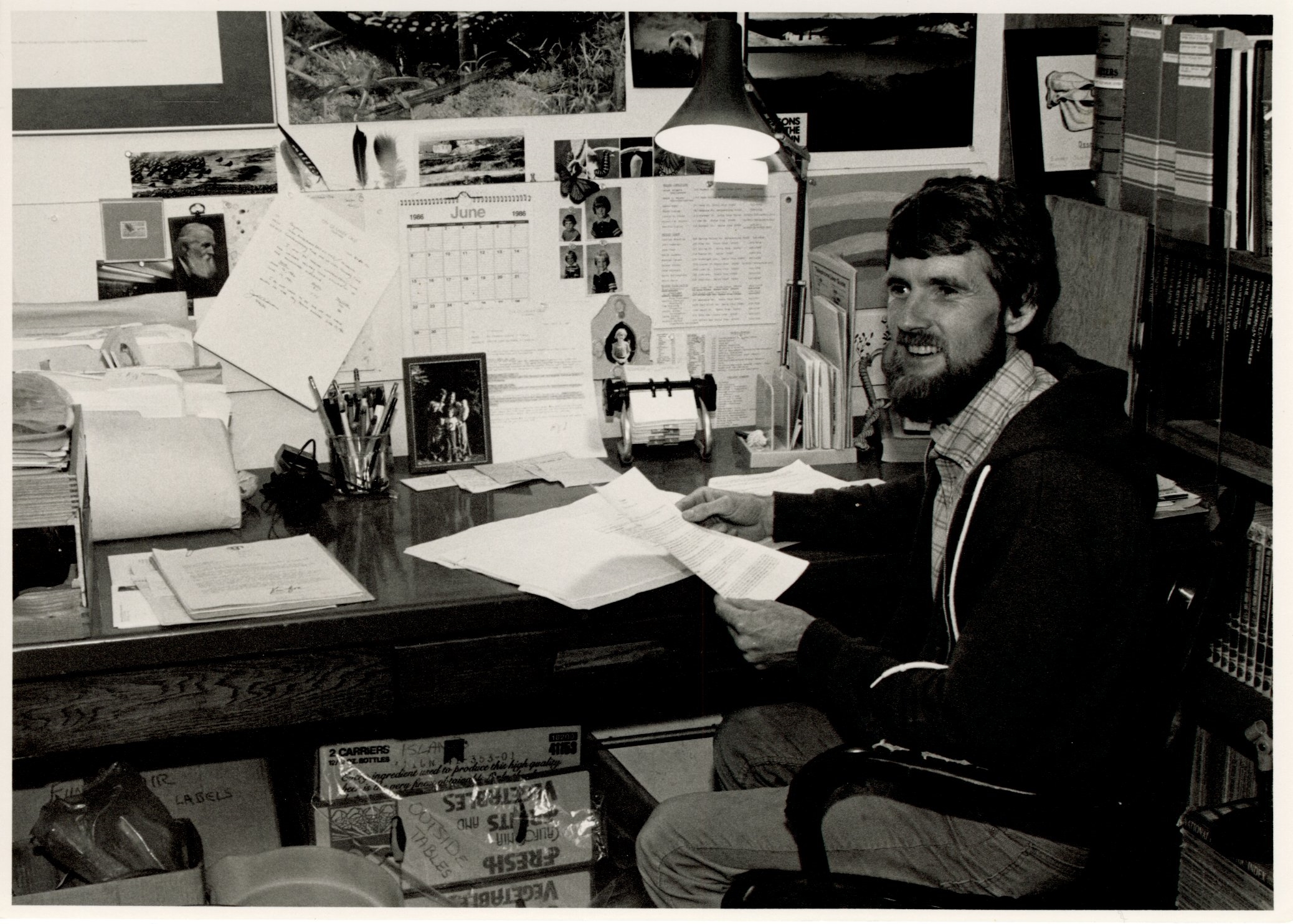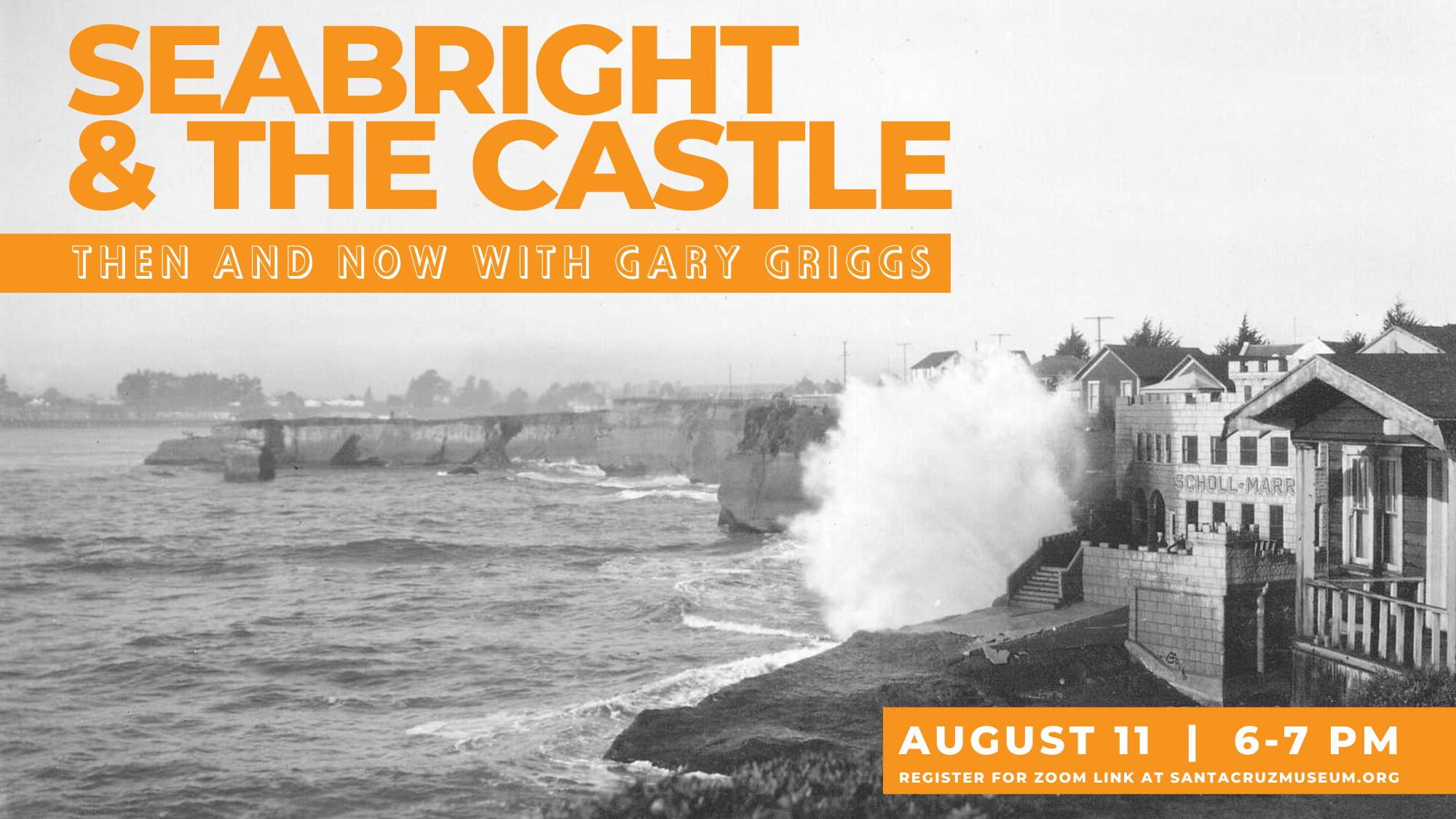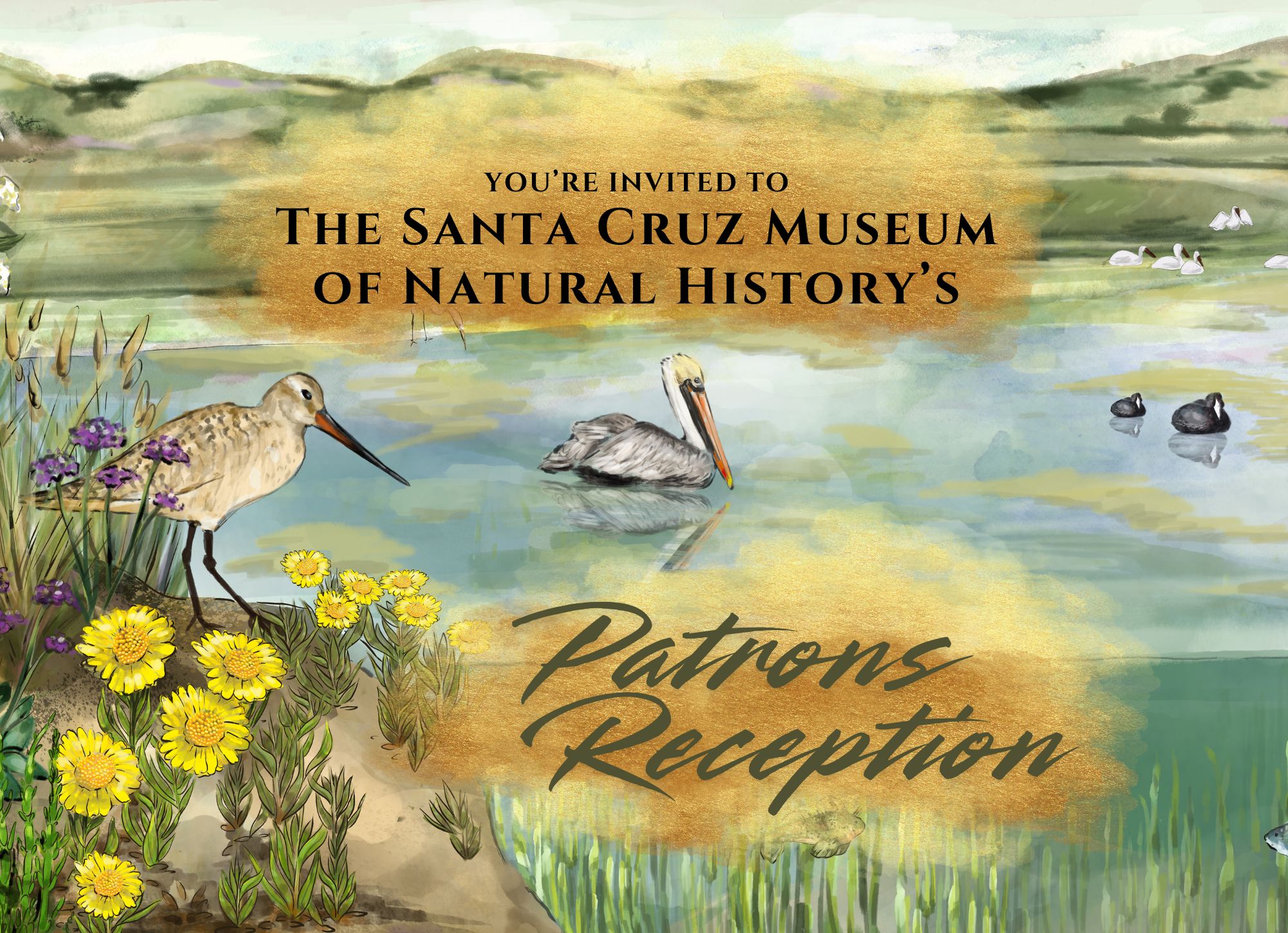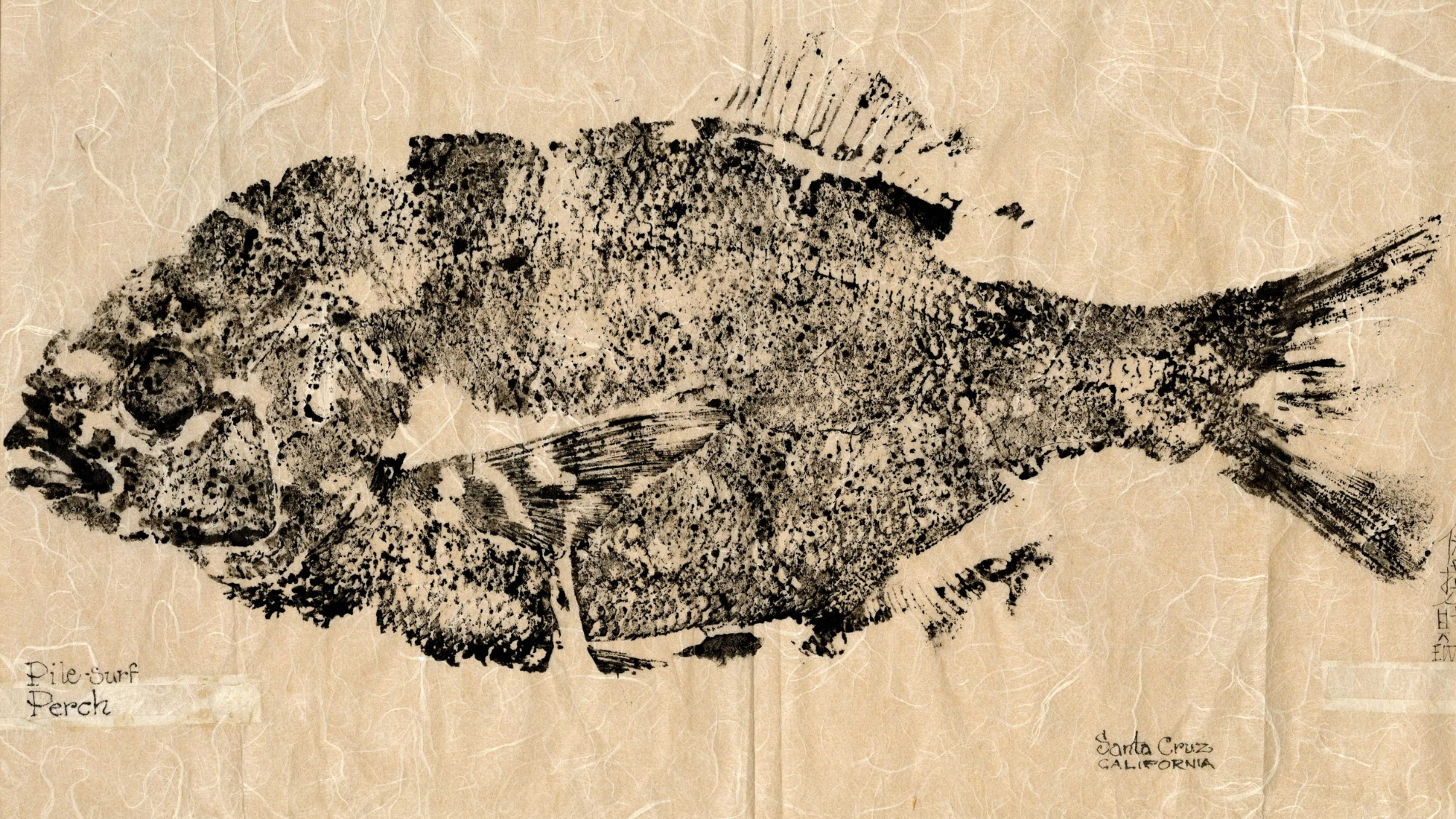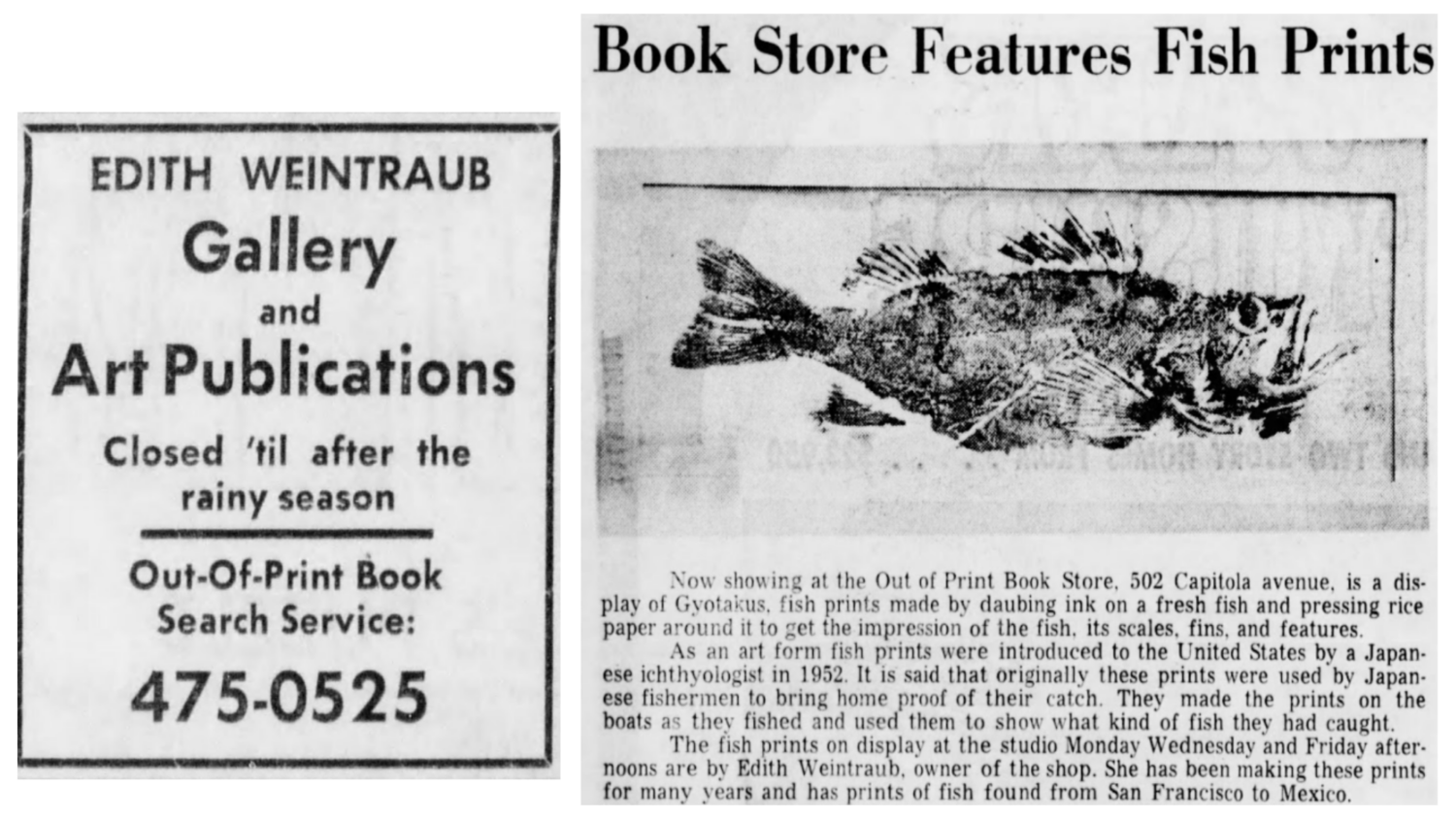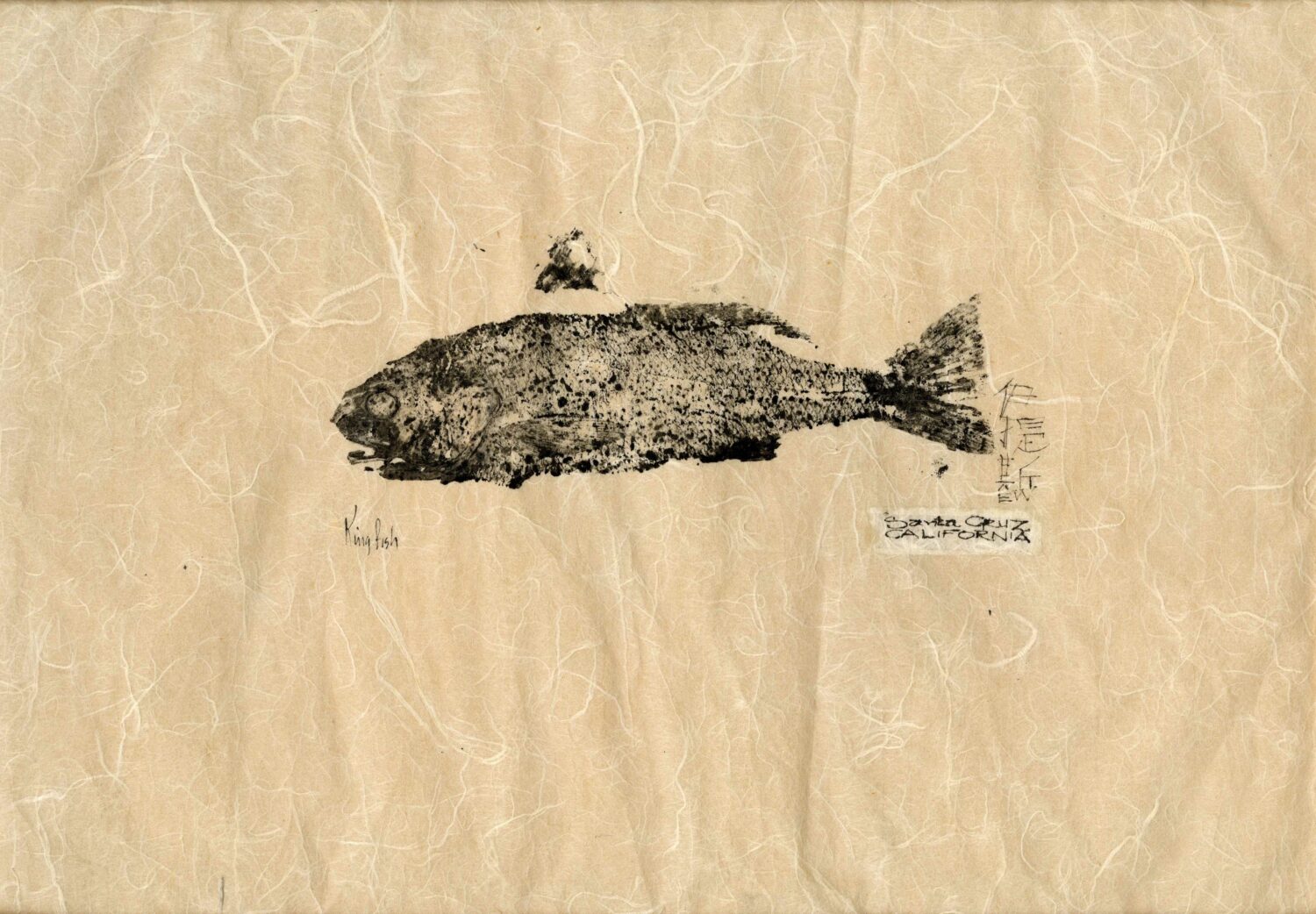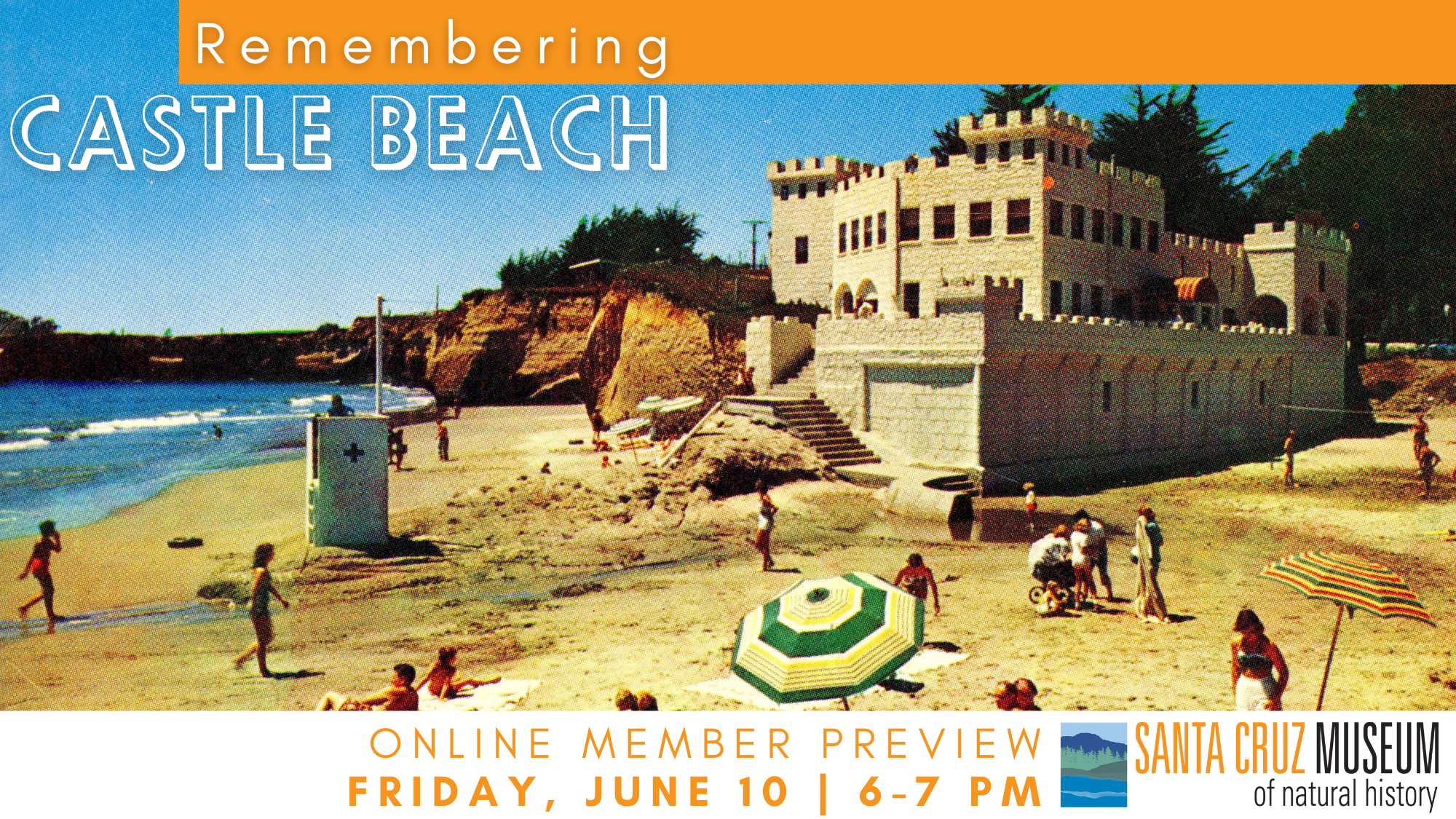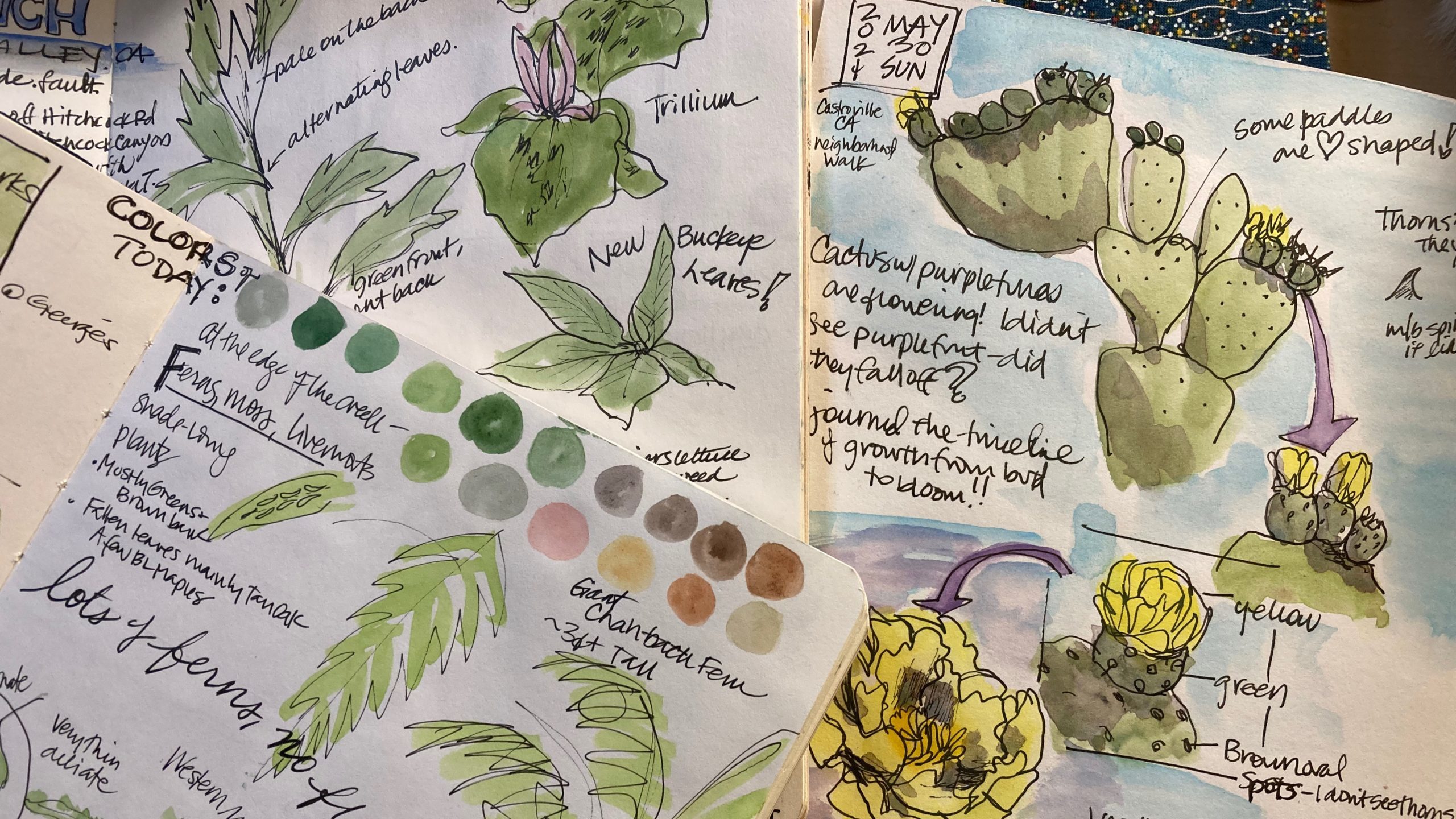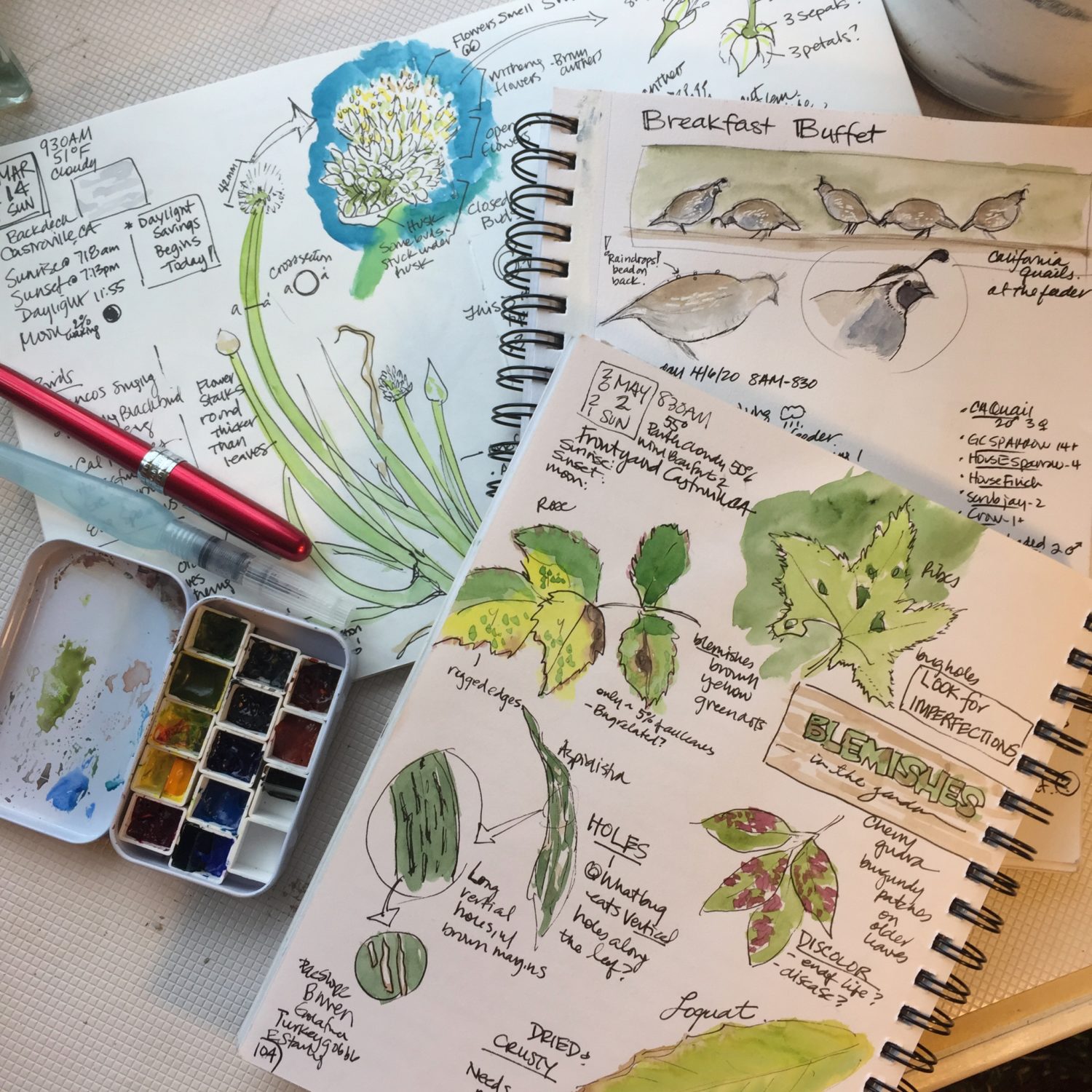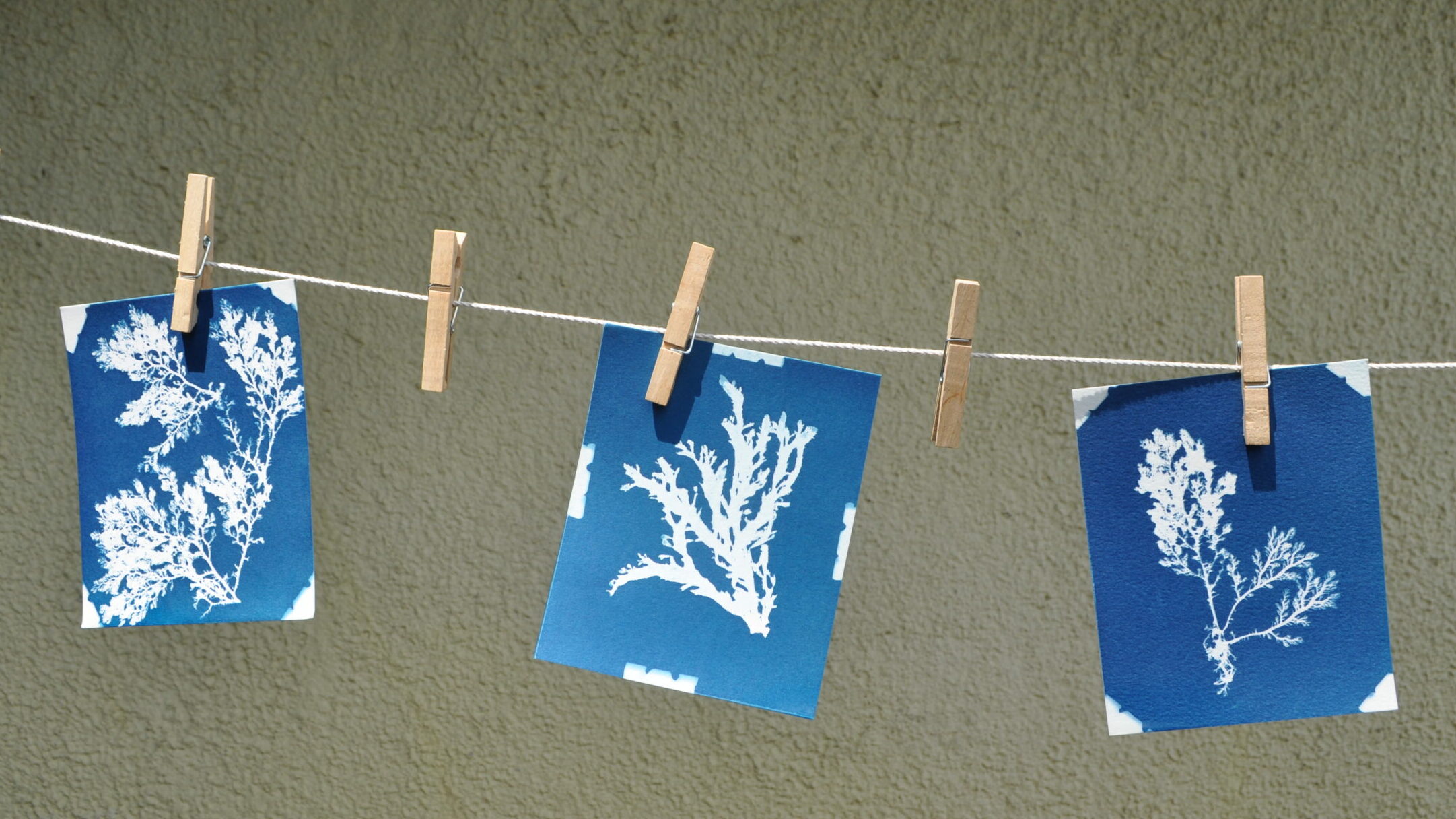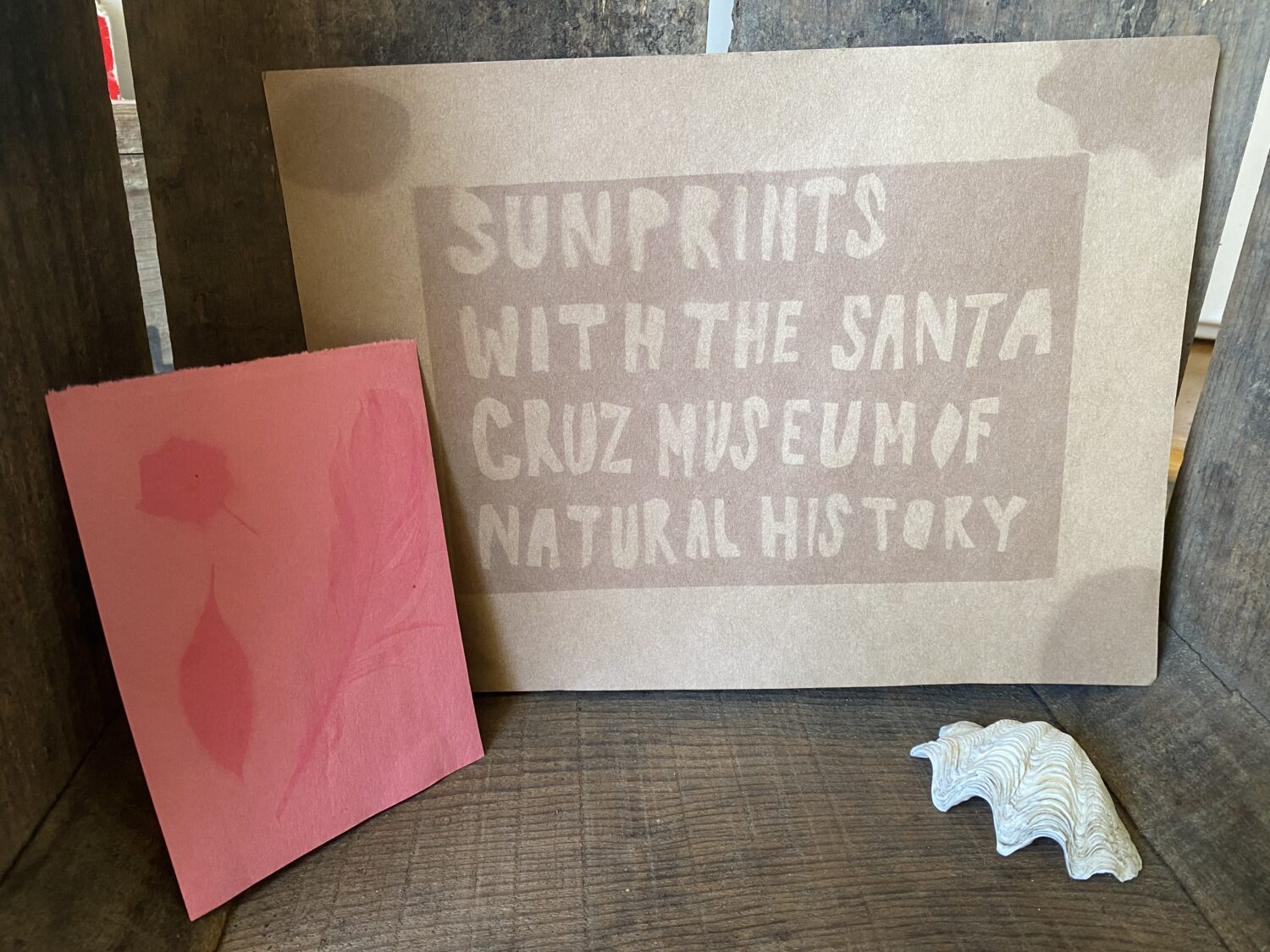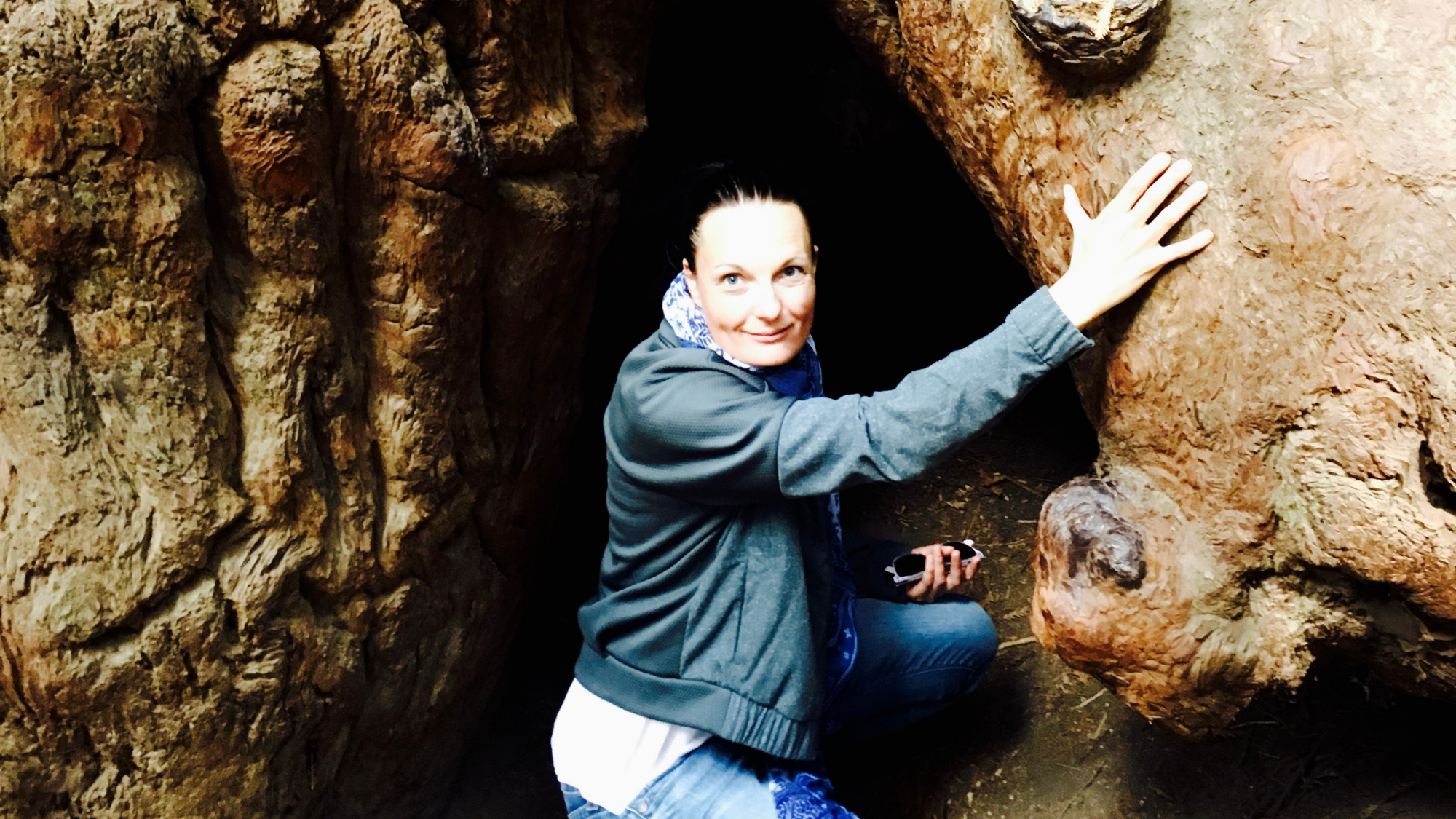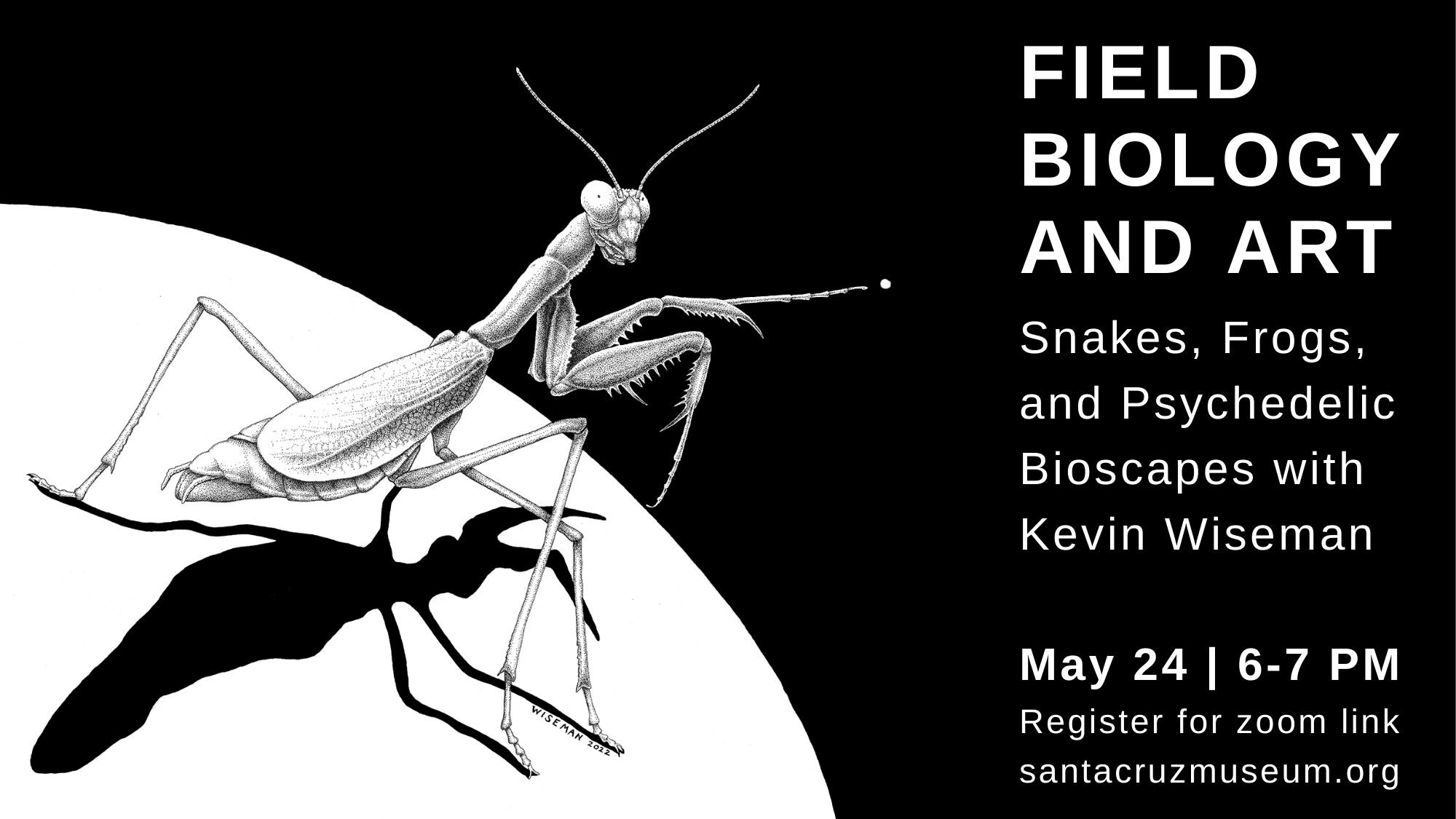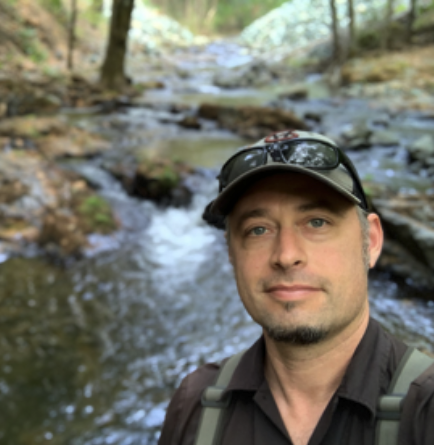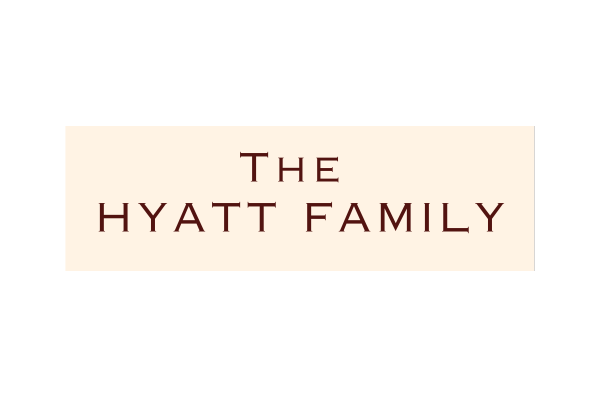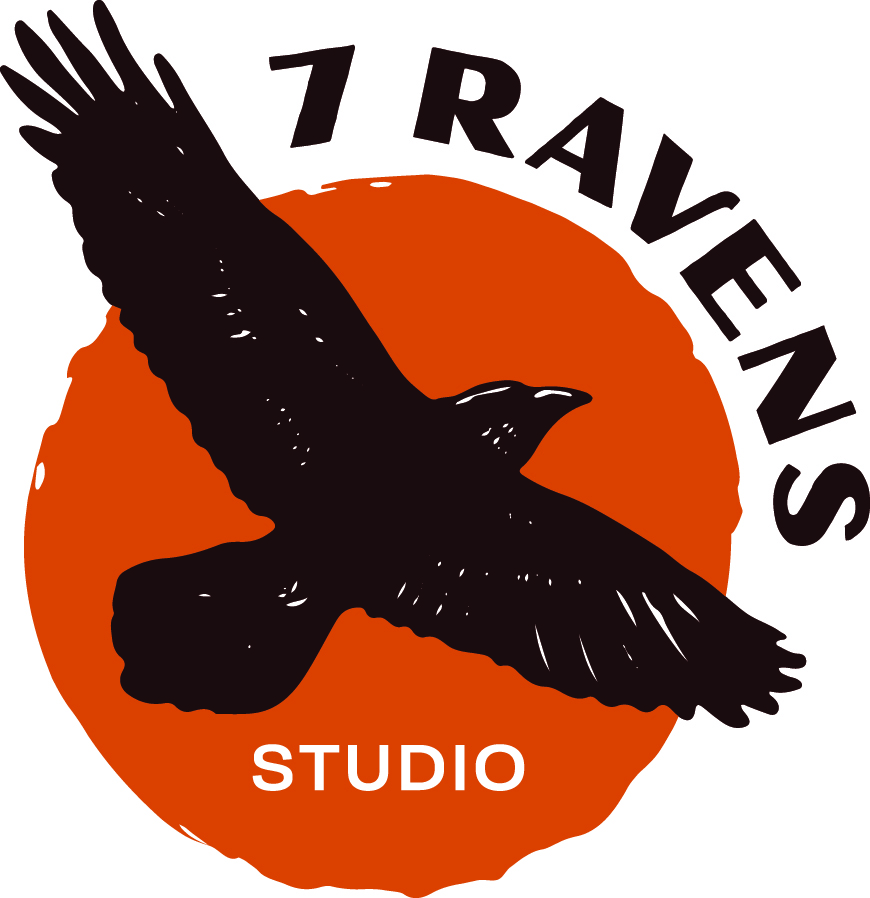With immense gratitude, the Museum acknowledges the incredible life of John Anderson, who passed away this April. In 1974 John began his 24-year tenure at the Museum, skillfully coordinating the many hats of exhibit installations, public events, and volunteer programs.
To his colleagues and the members of the public, John was an inspiration.
Longtime friend and first full time Museum Curator Charles Prentiss, speaking in honor of John, underscored how John’s dedication, generosity, and love of life and community service “has enriched all of our lives and the lives of generations to come.”
That richness is vividly apparent in the life of our Museum. From early iterations of the Fungus Fairs to the first Spring Wildflower Show and the origins of the Art of Nature exhibit — John’s work at the museum facilitated wondrous community natural history happenings. Museum newsletters describe his tireless pursuit of exhibit specimens — including a road-killed skunk still display. Newsletters also speak to the enhancement of docent programs, the expansion of field trip programs for underserved communities, and the establishment of class visits to the newly built indoor tidepool — led by John.
John helped to orchestrate the campaign of fundraising, lectures, walk-a-thons, and community engagement that brought the beloved life-size gray whale sculpture to Tyrrell Park. He was thrilled to see this dream become a reality. This October will be the whale’s fortieth birthday, and we continue to see that enthusiasm reflected in the community each day — in the laughter of climbing children, the delighted stares of beachgoers and the daily pilgrimage of joggers.
John Anderson’s rich legacy is also apparent in other local institutions. In conjunction with other museum and city staff and community groups like the Santa Cruz Longboard Union and the Westside Longboard Coalition, John was instrumental in the 1986 establishment of the Santa Cruz Surfing Museum. His efforts led one city employee to describe him as “the wave under our surfboard.”
Former Museum Registrar Sally Legakis talked with us about how John’s love of nature was contagious and his knowledge of natural history deep rooted. He led field trips, identified specimens for public inquiries, and helped Sally navigate the contents of the collections. Bolstered by his warmth and generosity, John’s knowledge enabled him to connect people with science and nature in a way that was truly remarkable, and that rings true to our ongoing mission.
I never had the pleasure of working with John Anderson myself, but as the Collections Manager, I have the privilege of maintaining our institutional memory of him. I am often in awe of what our small but mighty team has achieved over our decades-long history, and John is a standout in that impressive crowd. When I think of where he stands out in our collections, I am drawn to our institutional archives featuring years of fun photos that capture key museum moments. Whether he’s leaning into a fern or photographing a fungus, cleaning a tidepool tank or teaching a class program, John is always in the thick of things. He always seems deeply engaged in the moment, hands-on and joyful. Our Museum would not be what it was today if John had not chosen to engage deeply with his work, his community, and the natural world in and around Santa Cruz.
We are so grateful to John and to those who follow in his footsteps.
John’s family has organized a page on the online memory platform Kudoboard where folks can share stories and pictures, or just read and reminisce about this incredible person. The contents of the site will be made into a book for the family to cherish.
Written by Kathleen Aston, Collections Manager, 2022
